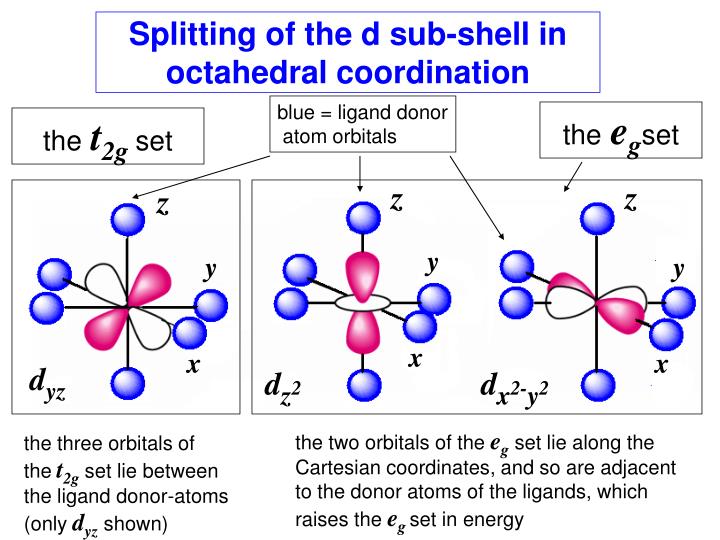

Jones S (1975) (2017) Plastic displays will play a major role in automotive HMIs. Ĭampbell CJ, Clapper J, Behling RE et al (2017) Optically clear adhesives enabling foldable and flexible OLED displays. Accessed 10 Mar 2022Ĭhen J, Liu CT (2013) Technology advances in flexible displays and substrates. O’Donnell SD (2013) High-Strength optical bonding method using optical silicone as a bonding medium and pressure sensitive adhesive as an intermediate layer. Yook JY, Park JC, Hwang J, Hwang JC (2017) Ultraviolet curable optically clear silicone resin for automotive displays. Huang PS, Chang MC, Chen YC (2016) Minimizing the impact of plastic-cover-lens bonding-induced delay bubble. īahadur B, Sampica JD, Tchon JL, Butterfield A (2011) Direct dry film optical bonding - a low-cost, robust, and scalable display lamination technology. Zhang (Eds.), Hybrid Nanomaterials - Flexible Electronics Materials. In: Vargas-Bernal R, He P, Zhang S (eds) R. Lee TH, Kim JS, Lee JH, Kim HJ (2019) Pressure-sensitive adhesives for flexible display applications. And although the work focuses on exploring production processes of flat panel displays assembly stack, mainly (but not limited) for to the automotive industry, it is also recognized that a combination of different processes and steps can be done when developing more complex and innovative products, such as free-form and curved displays. The purpose of this paper is not to describe a specific process, but to show the main differences between the main optical bonding processes for flat panel displays assembly stack with cover plates, their similarities and some possible variations, and trends, by trying to identify the main critical-to-quality factors of each process step, expecting to contribute to a better overall understanding of optical bonding process. However, optical bonding processes are complex processes, and although they may variate according to several factors, including the type of adhesive, the desired display assembly stack to be built and its requirements each optical bonding process encompasses differences regarding the number of steps to be executed and how some of those steps occur. With this process, displays see significant improvements regarding display contrast, enhanced visibility, and readability, as well as other benefits that contribute greatly to display’s durability, and reduce volume and weight.

One of the production processes that has been receiving attention is the Optical Bonding process. Automotive and display manufacturers have been working on several products and production processes to allow automakers to produce the best display systems possible at a competitive cost.


 0 kommentar(er)
0 kommentar(er)
